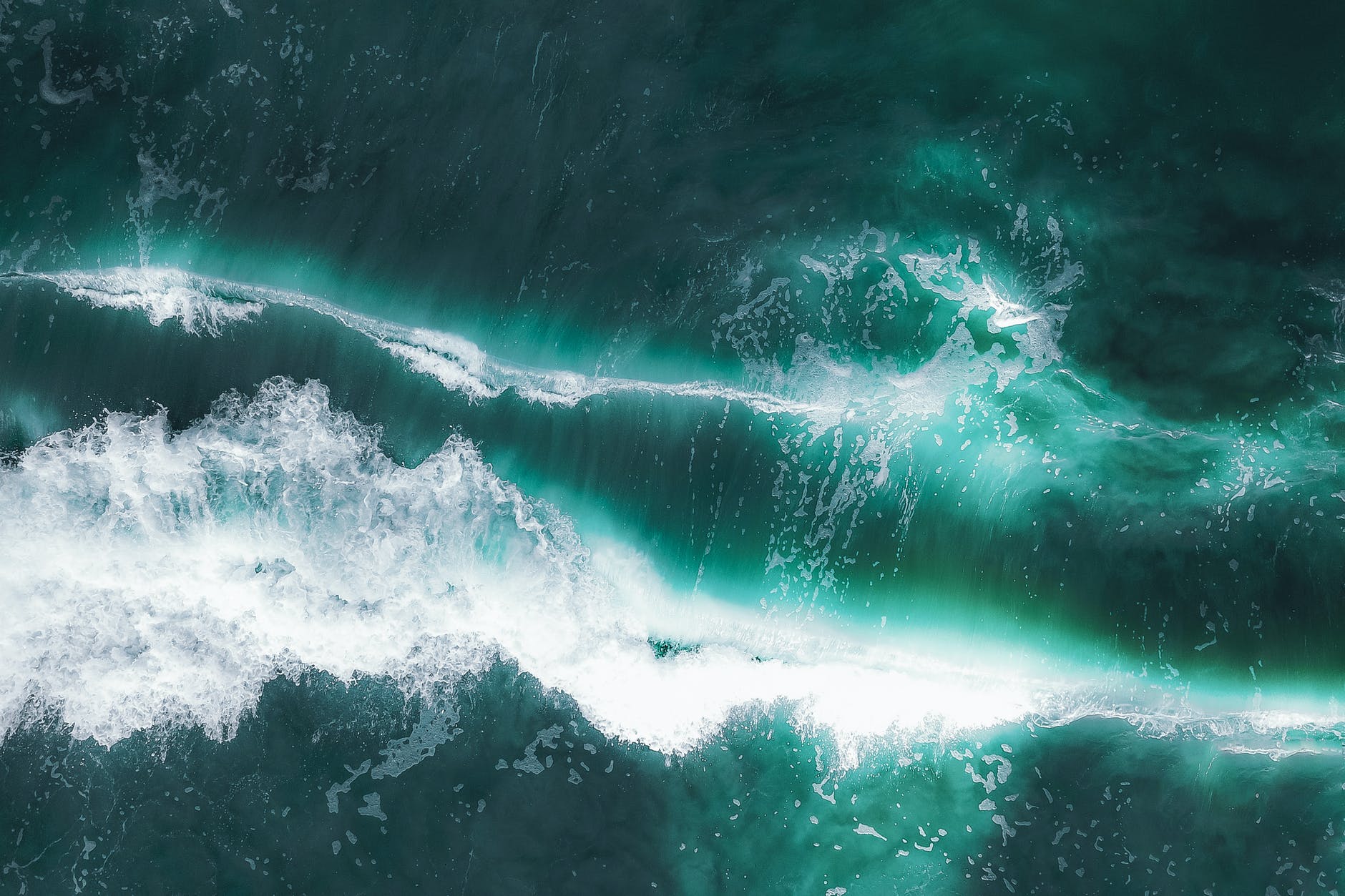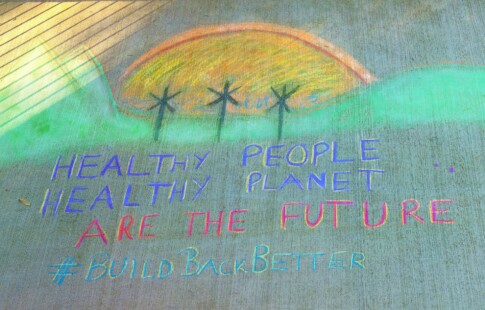
Threats to the Ocean From Poor Water Management
We are reader-supported. When you buy through links on our site, we may earn affiliate commission.
When you see a puddle on the street, or a flowerpot full of rain, it’s natural to think this water is separate from the ocean. After all, it’s miles from the coastline. The way we treat water that far inland shouldn’t have an effect on a marine ecosystem such a distance away — but it does.
In truth, all of the earth’s water is connected. The water cycle is a series of linked processes turning in an endless loop, from evaporation to precipitation and runoff. A seemingly harmless action may have consequences elsewhere, and large-scale mismanagement of water can result in serious threats to the ocean.
To visualize the idea, consider the path of a stream. The stream will eventually lead into a river, and the river will eventually lead into the sea. If someone pollutes the stream, it has far-reaching implications beyond the stream itself, causing issues as the contaminants travel toward their inevitable destination.
Our oceans are the end-point for an enormous amount of pollution we produce on land, even if we’re not aware of it in the moment. From more obvious sources of contamination like oil spills to long-term dangers like carbon emissions, water pollution comes from many places. It’s a complicated issue.
Fortunately, it’s possible to reduce the risk of pollution and restore balance to marine ecosystems. The collective effort of conservation groups and well-intentioned people will prove crucial. However, it takes an understanding of the dangers to grasp the necessity of a solution.
The Sources of Water Pollution
Statistics provide a clear picture of the human impact on the world’s oceans. More than 80% of marine pollution is the result of land-based activities, a startling figure that speaks to the extent of the problem. You’ve seen how it manifests — from coral bleaching to sea level rise — but how does contamination happen?
In looking at the issue, you aren’t going to find a single culprit you can blame. It’s a combination of many different factors, and though it may seem easier to point at one person or company and say, “They’re the source,” it isn’t that simple. Sorting the threats into categories is a far better approach to the problem.
For example, factories and industrial plants discharge a significant amount of sewage and runoff into the oceans. Other areas of production like agriculture can also harm the environment. Pesticides and nutrients from farmland will often end up in coastal waters, depleting oxygen as they kill marine plants and shellfish.
It’s clear that economic expansion has a negative effect on the environment, even if it’s a positive force for society. The country’s growth has placed pressure on its water resources, and our inability to reconcile our ambitions with our responsibilities is dangerous. Day by day, the situation is getting worse.
Of course, the mismanagement of water will affect more than just our oceans. Overturning the Clean Water Act, for example, would have devastating consequences for the approximately 117 million Americans who rely on small streams for their water supply. And that’s just the beginning.
Potential Solutions to the Problem
As stated earlier, it’s possible to reduce contamination and restore an affected ecosystem. Even with the dangers of oil spills, sewage, runoff and similar impurities, water pollution isn’t a permanent problem. Organizations can take action to clean and rehabilitate an area through a diverse variety of solutions.
A proactive approach is preferable, especially when you consider the cost of damage control. Companies can participate in conservation efforts by avoiding potential pollutants, using fewer products which endanger the environment. In doing so, they would improve water quality and limit their impact.
The expanded treatment of wastewater is also a significant step in the right direction. As of now, an estimated 80% of wastewater enters natural systems without any type of treatment whatsoever. Reusing this water would protect the environment and preserve our finite water resources at the same time.
Beyond these methods, we have strategies for mitigating the effects of factories, industrial plants and agriculture. Environmental remediation is effective in cleaning up spills, and new technologies show promise for the future. Furthermore, farming operations can invest in fewer fertilizers and pesticides.
Though it might take a serious adjustment, companies across the world can refine their former practices to address challenges in water management. Gradually, we can move closer to our long-term goal of ecological harmony — where the economic prosperity of a country won’t come at the cost of the environment.
Looking Toward the Future
As we look toward the future, it’s important to keep a positive mindset. It’s true that the environment is in danger, but we still have time to act. Everyone can do their part to help with conservation efforts, whether you volunteer with an organization or take steps to reduce your individual impact.
Either way, it’s crucial to understand the threats to the ocean. Only then can we address them.
Share on
Like what you read? Join other Environment.co readers!
Get the latest updates on our planet by subscribing to the Environment.co newsletter!
About the author
Jane Marsh
Starting from an early age, Jane Marsh loved all animals and became a budding environmentalist. Now, Jane works as the Editor-in-Chief of Environment.co where she covers topics related to climate policy, renewable energy, the food industry, and more.





